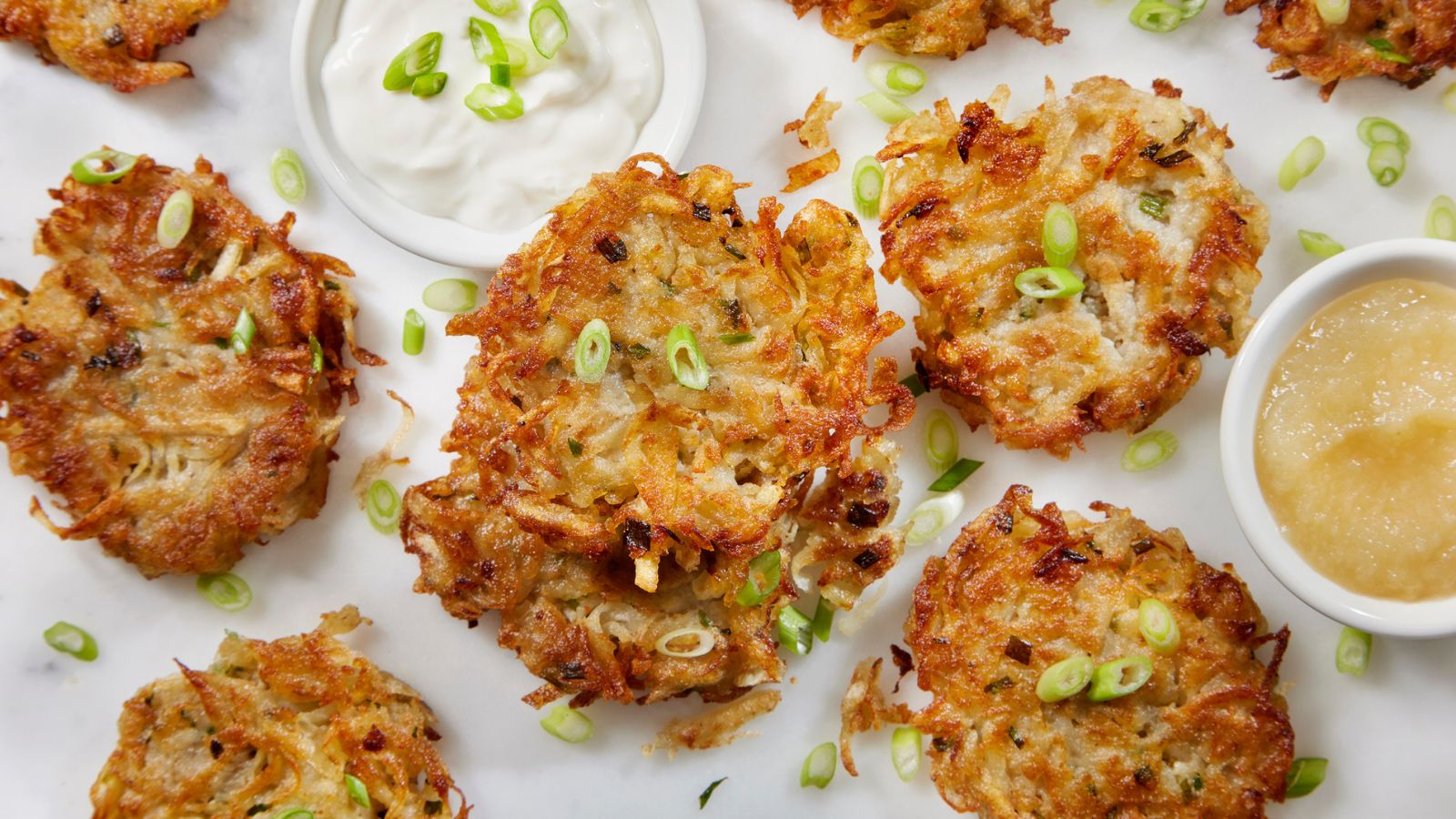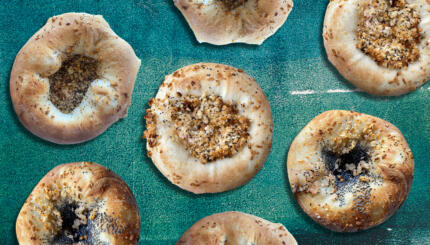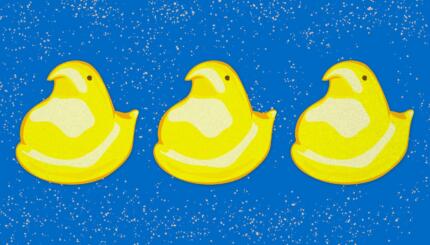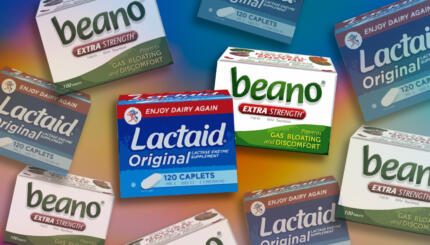This time of year, I’m often thinking about latkes. As the days get shorter and colder, my main consolation is anticipating Hanukkah, and planning what to cook for gatherings with friends and family. I grew up eating latkes, as did my dad and grandparents, and it can feel like they have always been part of this time of year. But in reality, latkes are a new addition to Hanukkah.
The potato is native to the Americas and although it’s now essential to Ashkenazi Jewish and European foods, from kugel to vodka, it didn’t become a staple in Eastern Europe until the mid 1800s. This is true of many ingredients. Before the Columbian Exchange, Italian food didn’t have tomatoes and Indian food didn’t have hot peppers. With Hanukkah coming up, let’s dive into the history of how fried South American potatoes became a quintessential Jewish food.
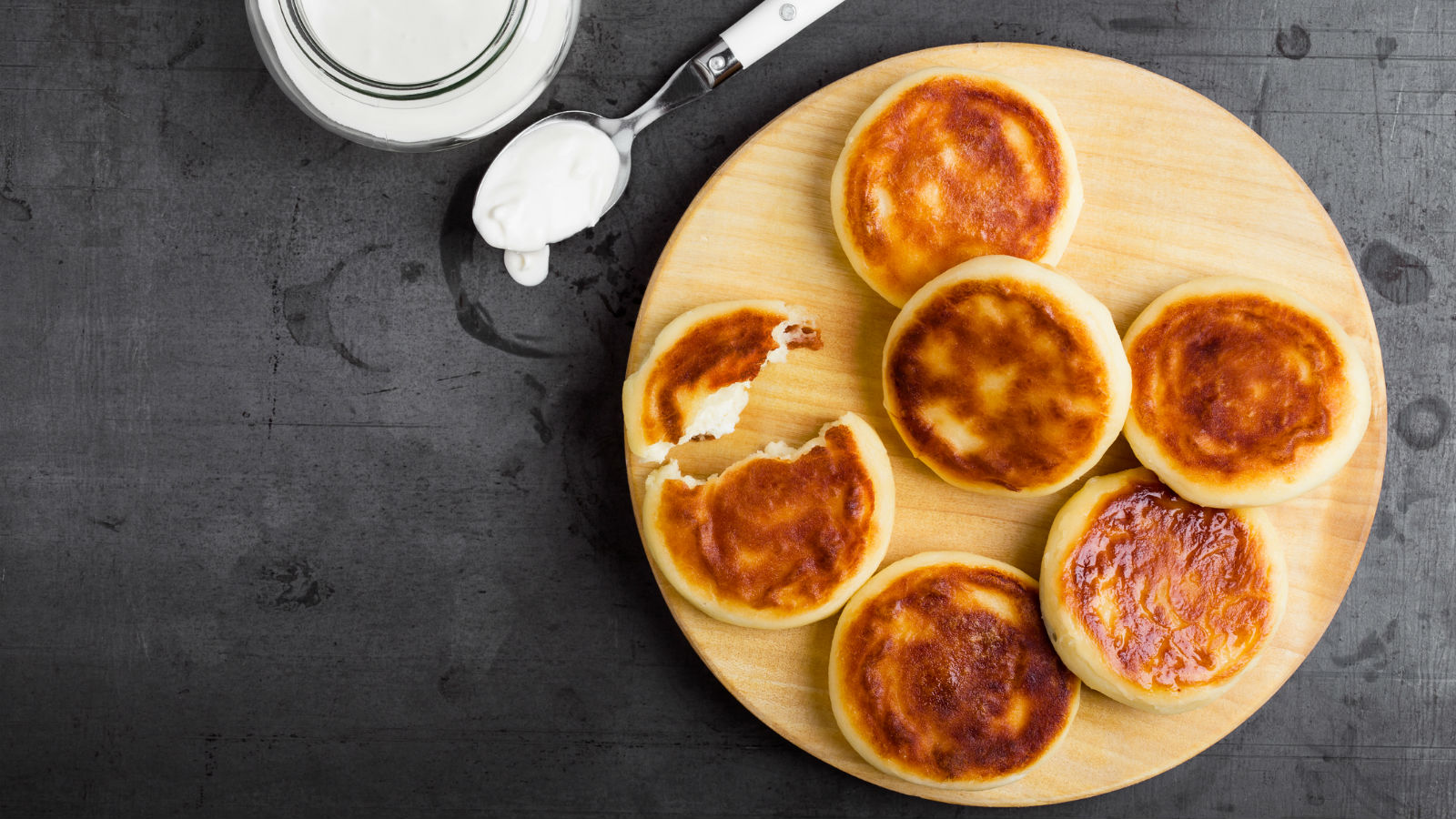
One popular pre-latke Hanukkah food was cheese (a point for Team Sour Cream). The Book of Judith was associated with Hanukkah starting in at least the 14th century. In a commentary on the Babylonian Talmud from the Middle Ages, Rashbam wrote that just as Esther was primarily responsible for the miracle of Purim, Judith was primarily responsible for the miracle of Hanukkah. Her story actually takes place a few hundred years before the Maccabees were fighting the Seleucids, but in the oral tradition in the Middle Ages it was said that Judith was related to Judah Maccabee. The basic story is that Judith seduced the Assyrian general Holofernes and fed him salty cheese and wine. When he passed out drunk, she beheaded him with his own sword and the Israelites were able to defeat the Assyrian army. People in the Middle Ages ate cheese around Hannukah to remember Judith’s bravery.
The earliest written reference to fried pancakes (levivot in Hebrew) being served for Hanukkah comes from a 1322 poem by Rabbi Kalonymus ben Kalonymus that describes “levivot large and round, the whole size of the frying pan.” So there’s a historical reason to make extra-big latkes this year. Susan Weingarten connects this poem to a version of the Book of Judith copied in 1402 in Provence that says that Judith fed Holofernes fried cheese pancakes.
The Nosher celebrates the traditions and recipes that have brought Jews together for centuries. Donate today to keep The Nosher's stories and recipes accessible to all.
In the “Encyclopedia of Jewish Food,” Gil Marks traces the spread of ricotta cheese pancakes, which originated as a Hanukkah food in Italy and gradually spread through Europe. In Italy and Central Europe, olive oil and butter were common cooking fats, but in Eastern Europe, especially in the winter, schmaltz was easier to come by. Kosher law prohibits mixing meat and milk, so cheese pancakes evolved into being made with root vegetables like turnips or with rye or buckwheat flour. Once fried pancakes became meat dishes instead of dairy dishes, it was common to serve them with jam (a point for Team Applesauce).
As fried pancakes were becoming a widespread Hanukkah food, potatoes were spreading through Europe. It took some time after potatoes were brought over from South America for them to become a staple. People were initially wary of many new vegetables, including tomatoes and pumpkins. But because potatoes are nutritious, grow well in low-quality soil, and can be stored for long periods of time, they gradually spread across the continent. Potatoes went from being unheard of to being responsible for a quarter of the population growth in Europe between 1700 and 1900. In Eastern Europe, the tipping point to greater acceptance came with crop failures in 1839 and 1840 in Ukraine and Poland. To prevent a famine, people planted huge numbers of potatoes. They became such a staple that they were cheaper than flour, and potato latkes became the default they are today. The word “latke” itself comes from the Slavic “oladka” for a small fried pancake, from the Greek “elaion” for olive oil, and came into use by the mid 15th century.
As latkes moved to America along with waves of Eastern European Jewish immigrants in the early 20th century, the default cooking oil switched to neutral vegetable oil, a win for my personal Team Plenty of Both. This brings us to today – but the evolution of the latke isn’t necessarily over. There are plenty of modern recipes that incorporate other fried, shredded ingredients like zucchini, spinach and beets.
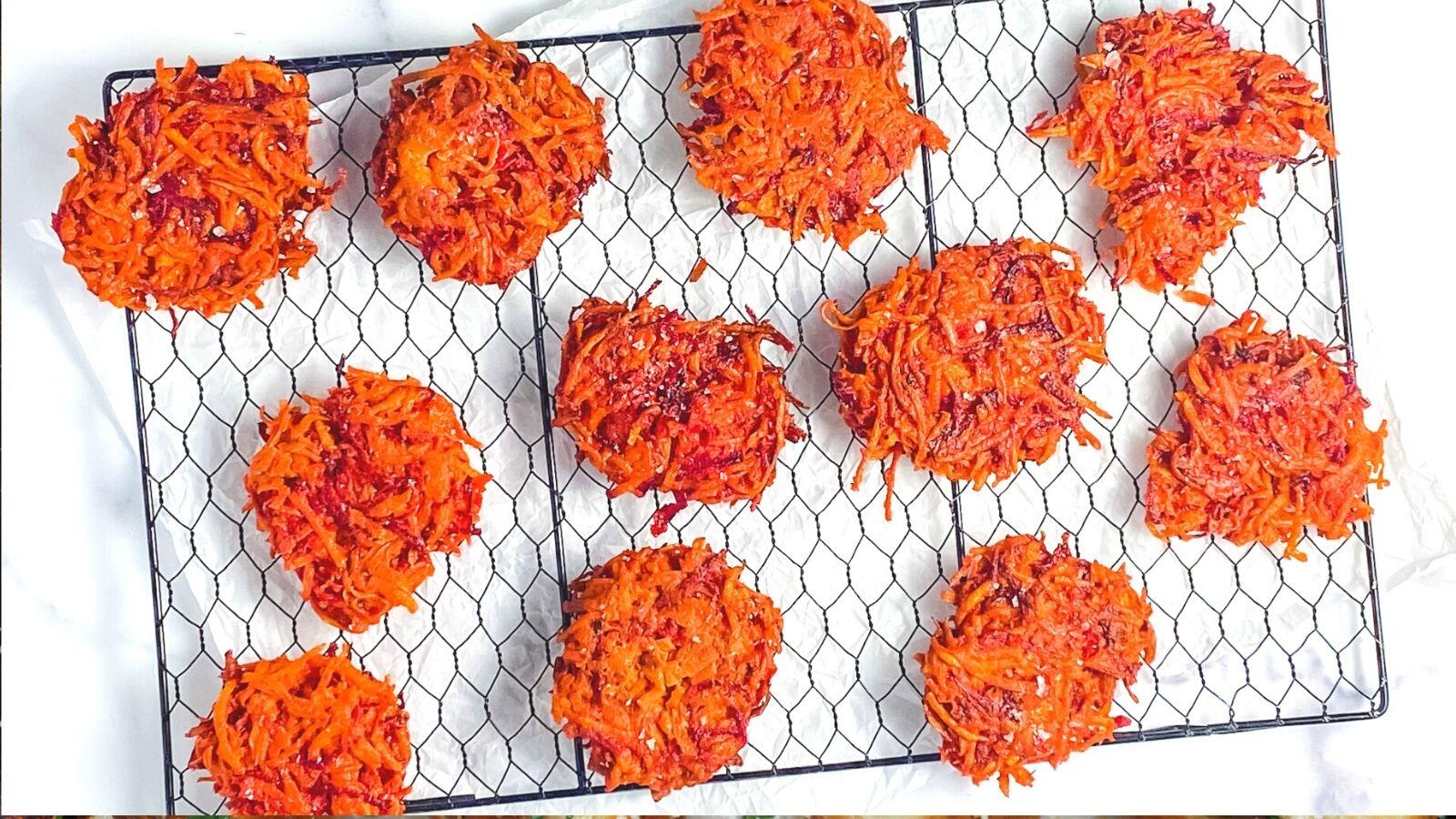
If you’re feeling particularly adventurous this year, you could try one of the oldest fried pancake recipes in recorded Jewish history. Ashishim are sweet, fried red lentil pancakes and there’s a recipe for them in the Jerusalem Talmud that dates from around 400 CE. Whatever kinds of latkes you fry up this year, hopefully the taste will connect you to history and the people you’re celebrating with, and also remind you that trying out new recipes and ingredients is part of a long tradition.
